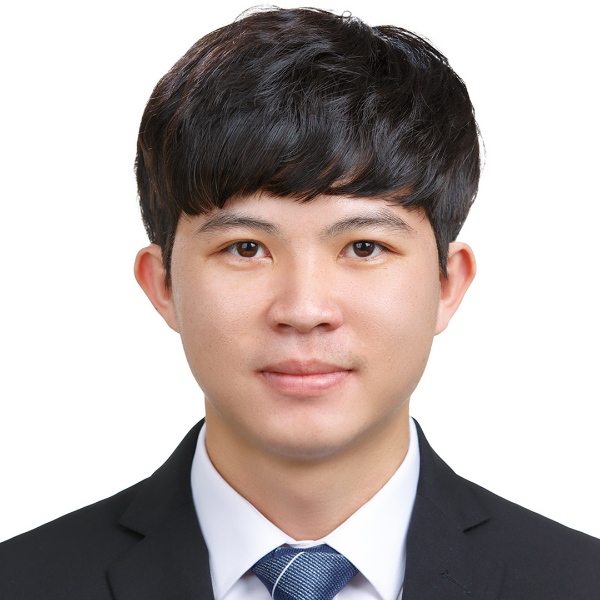|
I have been working as a postdoctoral researcher at Harvard Medical School and Massachusetts General Hospital since June 2025, where I focus application of AI in medical image analysis. I earned my Ph.D. in Robotics and Deep Learning from the Florida Institute of Technology, USA, in May 2025. Prior to that, I was a research assistant at the Bioinspired System Laboratory after completing my M.Sc. in Smart Vehicle Engineering at Konkuk University, South Korea, in May 2022. I received my B.Sc. in Mechanical Engineering from HCMUTE, Vietnam, in 2019. CV / Google Scholar / GitHub |

Tan-Hanh Pham, Research Fellow |
Research InterestsMy current research focus on reasoning multimodal models, 3D/4D medical image analysis, image/video understanding through vision-language models, and RL for Robotics. I am open to collaborations on AI-related projects. If you're interested, feel free to contact me. |
News
✅ [NeurIPS 2025] (Efficient Reasoning Workshop)
Pham, T.H. and Chris Ngo, 2025.
✨ [EMNLP 2025] (Our paper got accepted at the main conference)
Pham, T.H., Hoang-Nam Le, Phu-Vinh Nguyen, Chris Ngo, and Truong-Son Hy.
✨ [June 2025]
Pham, T.H., and Ngo, C., 2025.
✨ [CVPR 2025]
Pham, T.H., Bui, T.D., Quang, M.L., Pham, T.H., Ngo, C., and Hy, T.S., 2025.
✨ [May 2025]
Pham, T.H., PV Nguyen, DT Hung, BT Duong, VN Thanh, C Ngo, TQ Truong, and TS Hy, 2025.
✨ [ACL 2025]
Khai Le-Duc, Phuc Phan, Tan-Hanh Pham, Bach Phan Tat, Minh-Huong Ngo, Truong-Son Hy, 2025. |